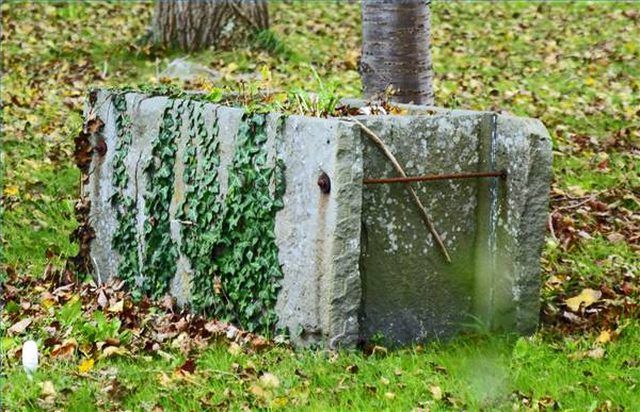Bulbs
Flower Basics
Flower Beds & Specialty Gardens
Flower Garden
Garden Furniture
Garden Gnomes
Garden Seeds
Garden Sheds
Garden Statues
Garden Tools & Supplies
Gardening Basics
Green & Organic
Groundcovers & Vines
Growing Annuals
Growing Basil
Growing Beans
Growing Berries
Growing Blueberries
Growing Cactus
Growing Corn
Growing Cotton
Growing Edibles
Growing Flowers
Growing Garlic
Growing Grapes
Growing Grass
Growing Herbs
Growing Jasmine
Growing Mint
Growing Mushrooms
Orchids
Growing Peanuts
Growing Perennials
Growing Plants
Growing Rosemary
Growing Roses
Growing Strawberries
Growing Sunflowers
Growing Thyme
Growing Tomatoes
Growing Tulips
Growing Vegetables
Herb Basics
Herb Garden
Indoor Growing
Landscaping Basics
Landscaping Patios
Landscaping Plants
Landscaping Shrubs
Landscaping Trees
Landscaping Walks & Pathways
Lawn Basics
Lawn Maintenance
Lawn Mowers
Lawn Ornaments
Lawn Planting
Lawn Tools
Outdoor Growing
Overall Landscape Planning
Pests, Weeds & Problems
Plant Basics
Rock Garden
Rose Garden
Shrubs
Soil
Specialty Gardens
Trees
Vegetable Garden
Yard Maintenance
How to Plant Troughs
How to Plant Troughs. Troughs were traditionally used to store water for animals to drink in pastures. Gardeners create miniature gardens in these long scooped-out containers. Some individuals plant a single evergreen inside these containers or more elaborate plants and rock designs. Troughs are made of a mixture of cement, perlite and peat that...

Troughs were traditionally used to store water for animals to drink in pastures. Gardeners create miniature gardens in these long scooped-out containers. Some individuals plant a single evergreen inside these containers or more elaborate plants and rock designs. Troughs are made of a mixture of cement, perlite and peat that can be molded into any shape. This homemade hypertufa mix creates a lightweight container that gives the appearance of cast cement. Planting a trough is easy with a little effort and planning to create a beautiful, long lasting garden.
Things You'll Need
Trough
Potting soil
Trowel
Peat moss
Pea gravel
Larger rocks
Shade or sun tolerant alpine and rock plants
Decide where you want to place the trough permanently. It will be too heavy to move after the trough is filled with dirt and planted. Make sure multiple holes are punched through the bottom of the trough for drainage.
Evaluate which plants will look best and thrive in that location based on sunlight and shade. Your local nursery can help with recommendations on good choices for rock and alpine type plants that will look appealing in the trough.
Pour peat moss, potting soil and pea gravel into the trough and create an even mixture. The peat moss and pea gravel act to aerate the soil and provide drainage. Fill the trough almost to the rim of the planter. The trough dirt will settle considerably so press down on the dirt to fill it completely.
Place your plants and larger rocks inside their containers to get an idea for designing the trough. Some ideas include placing trailing plants near rocks so the plant spills onto the rock or bunching a few larger rocks together for a focal point opposite of your plants. Choose a design that appeals to you. Every trough garden reflects each gardener's unique personality and preferences.
Dig holes and remove the plants from the pots. Fill in around each plant with the dirt mixture, making sure to press the soil firmly around the base of the plant. Add additional soil across the top of the trough to make the soil level even with the rim.
Place an inch-deep layer of pea gravel across the entire top surface of the trough. This step is optional but the layer enhances the trough's rock garden appearance. You can easily use mulch instead.
Water the trough thoroughly and make sure the garden remains damp but not soggy wet.